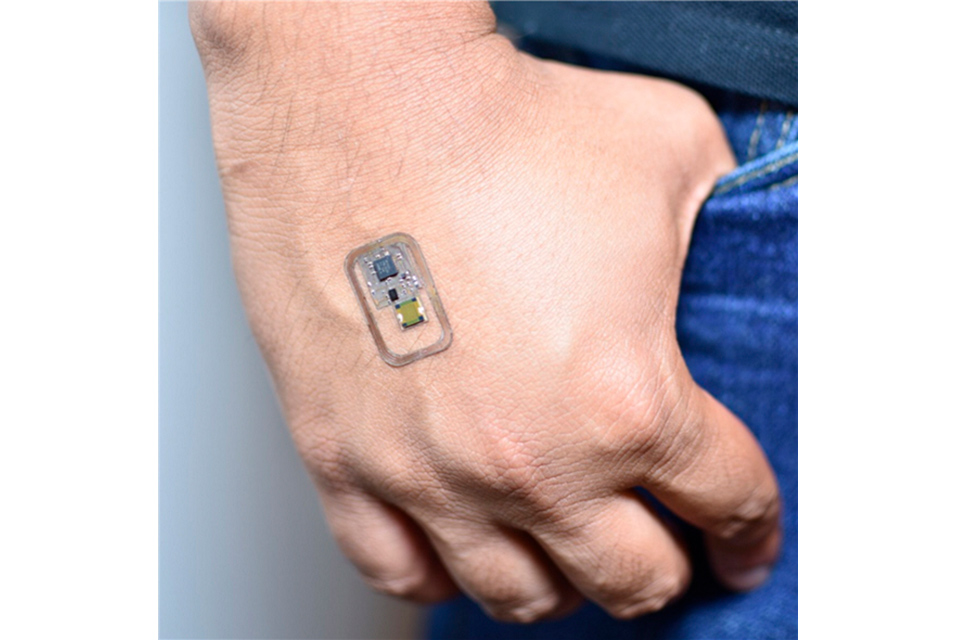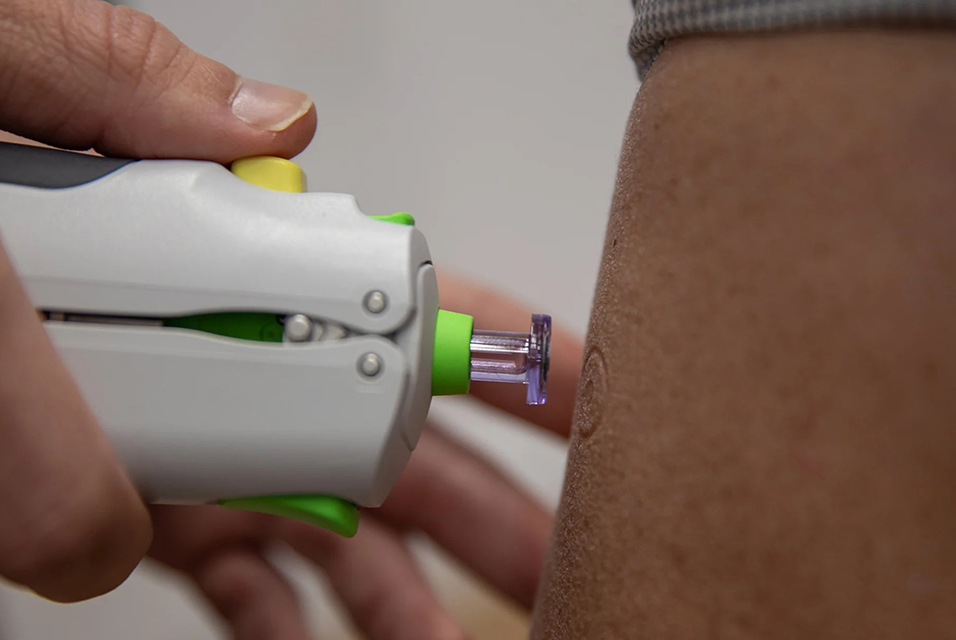WASHINGTON, DC.- Some studies have shown that nicotine, an addictive substance in electronic cigarettes, increases the risk of cardiovascular and respiratory disorders. But to get a full understanding of its potential health effects, a real-time nicotine monitoring device is needed. Such a device could also help vapers — as well as non-vapers who encounter second-hand smoke — measure their exposure. Now, researchers report in
ACS Sensors that they have developed a battery-free, wearable device that could accomplish this task.
E-cigarettes are designed to heat and aerosolize a mixture of nicotine, glycerine, propylene glycol and flavoring additives, which the user then inhales. In the body, this mixture can affect multiple organs, including the respiratory system, where it alters airflow, increases oxidative stress and impairs immunity. In addition, nicotine exposure can lead to lung cancer. But assessing that exposure under real-world conditions has been difficult. Current assays for measuring ambient nicotine levels are carried out in laboratory settings and require large sample volumes and days to weeks of sampling. Portable nicotine sensors are being developed as an alternative, but the two that have been reported are impractical because they rely either on the presence of sweat or sunlight to function. So Madhu Bhaskaran, Md. Ataur Rahman and Philipp Gutruf set out to design a lightweight, wearable sensor capable of detecting nicotine in real time and sending the data wirelessly to electronic devices such as a smartphone.
The team chose vanadium dioxide (VO2) on a polyimide substrate as the basis for their sensor. They showed that nicotine can bond covalently to a thin film of VO2, thereby altering the film’s conductivity to an extent that depends on nicotine concentration. The device detects the change in conductivity, amplifies the signal and then transmits it wirelessly to a smartphone. When applied to skin, the battery-free sensor can measure the wearer’s exposure to vaporized nicotine in open air. The researchers say this approach expands the use of wearable electronics for real-time monitoring of hazardous substances in the environment.
The authors acknowledge funding from the Australian Research Council.










